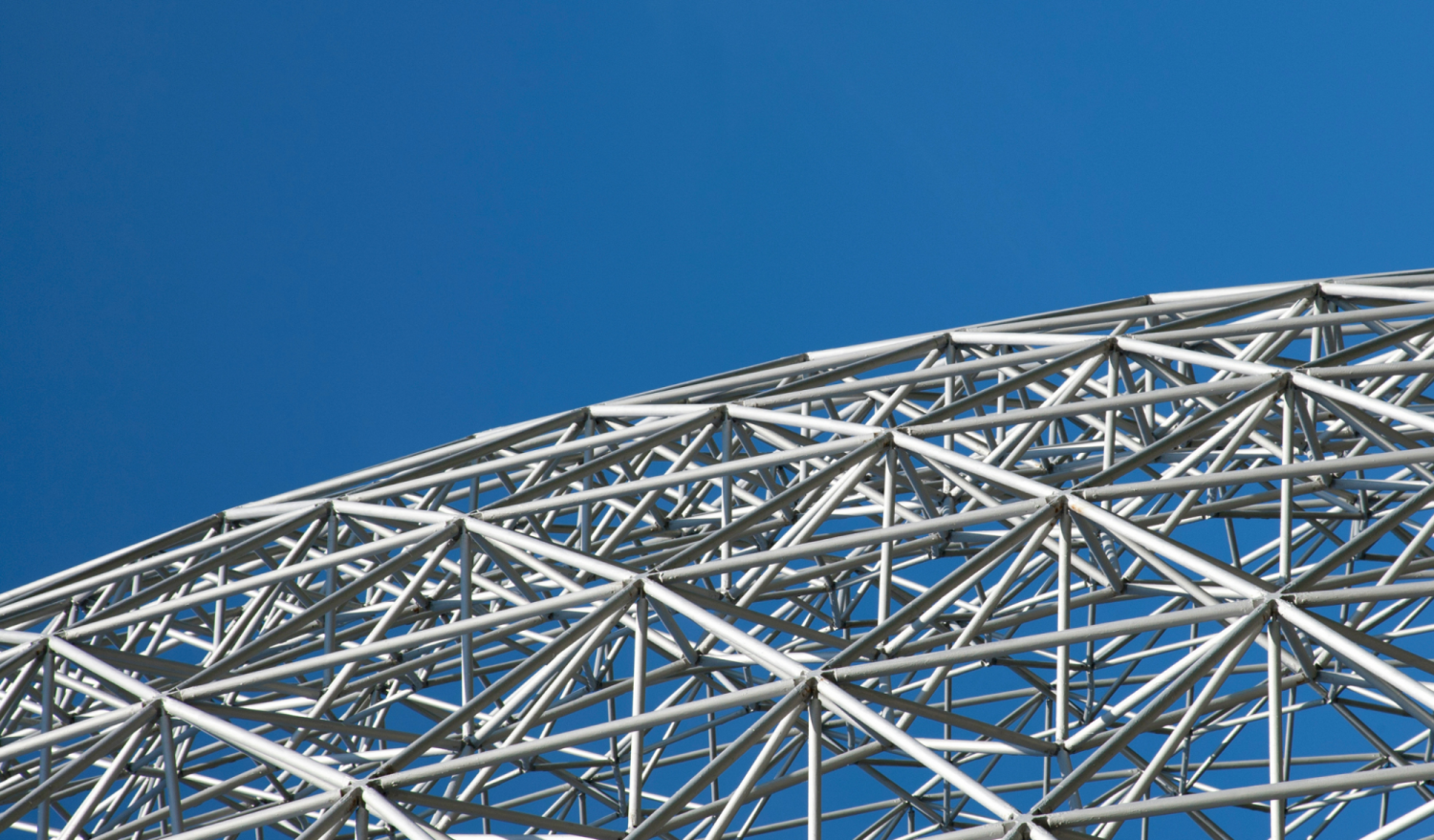Keeping a home relevant to evolving needs for decades to come is a complex yet necessary challenge. Tatler Homes provides some salient points on what future-proofing is and what it will entail.
Buckminster Fuller, the American author, architect, futurist and more, once said that "the best way to plan for the future is to design it." He was speaking about innovation in the industrial design space at that point, but the philosophy behind his words is universal. Change is constant, and our world is changing in many ways—sometimes predictably, sometimes not.
Nowhere is this truer than in our homes. More so than any other point in history, the 21st century demands that we build our homes today for the needs of tomorrow. That can be a daunting prospect. Future-proofing a home is predicated on a complex mesh of needs, which can be personal, environmental, technological and/or monetary. Fulfilling all of these criterium requires ingenuity, innovation and the intertwining of several disparate disciplines. But before all of that, future-proofing starts with the very intent that Fuller laid out.

CAVE OF WONDERS
But what exactly is future-proofing? In the context of a home, it could mean any one of four broad categories—personal requirements, environmental sustainability, technological advances or market value. In practice, it encompasses all four, each of which has its own set of ambitions.
Take environmental sustainability. The 2015 Paris Agreement signed by 196 countries aims to contain the rise in average global temperature to 1.5 degrees Celsius above pre-industrial levels and reduce greenhouse gas emissions to net-zero by 2050 in an effort to mitigate the worst effects of climate change. But even as that transition takes place now, global weather patterns are already changing and impacting our lives.
In temperate zones, this means harsher winters and hotter summers. In tropical zones, it means increasingly volatile weather cycles causing a heightened risk of drought or flooding. Natural disasters—hurricanes, typhoons, wildfires, sinkholes, blizzards, landslides—have already become more commonplace. In the last two decades, annual global temperatures have consistently increased to the highest levels in human history, with dire implications from the melting of the Arctic and rising sea levels to increasing fatalities from heatstroke.
Don't miss: Can NFTs Really be Environmentally Friendly?






